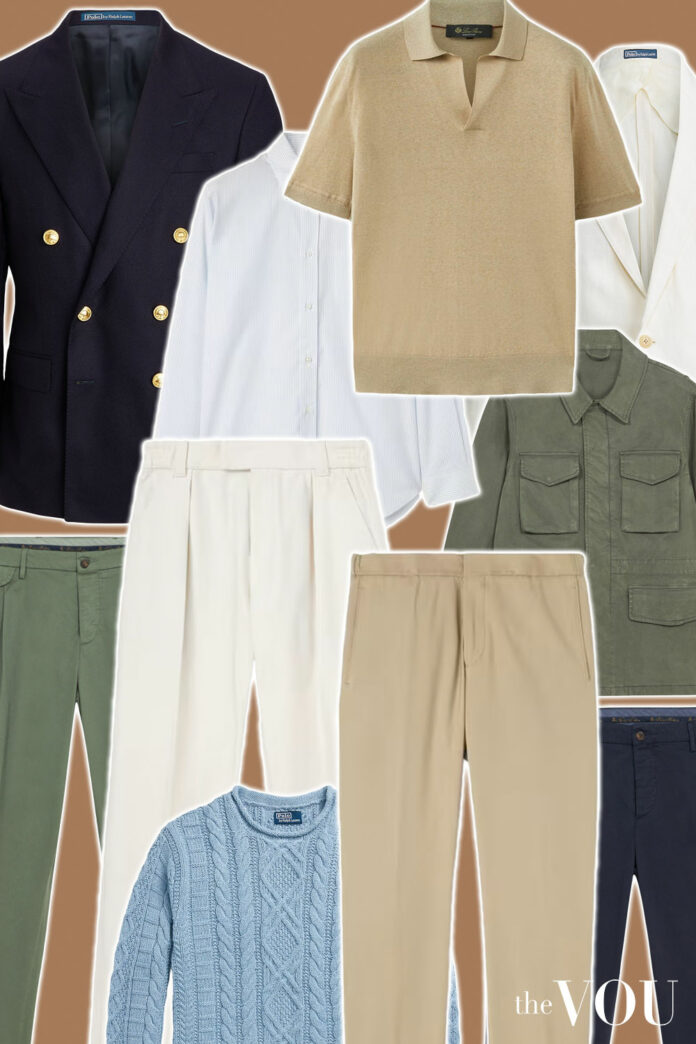What is Apparel?
With origins in the Old French word ‘apareil,’ meaning ‘fitting’ or ‘suit,’ Apparel is an umbrella term for everything that can be worn on a human body, such as clothes, shoes, accessories, and gadgets.
Used interchangeably in the fashion vocabulary with concepts like ‘clothing,’ ‘attire,’ ‘garment,’ and ‘outfit,’ the term apparel encompasses any form of wearable items, regardless of aesthetic origins, style, functions, or materials. [1]
Differences Between Apparel, Garment, Clothing, Outfit, and Attire
‘Garments’ refers to a single piece of clothing, such as a dress, a pair of pants, a suit, a jacket, or a jumper, whereas Apparel can include multiple garments and accessories.
Clothing describes only garments such as shirts, pants, dresses, and coats used to cover and protect the body, while Apparel includes footwear and accessories like jewelry, glasses, and hats.
An ‘outfit’ comprises garments, footwear, and accessories meant to be worn together. Outfits are curated and assembled to depict a fashion style or way of dressing.
Unlike ‘Apparel,’ which means any mix of wearable items, the clothes, footwear, and accessories curated into outfits have similar aesthetic roots and styles.
‘Attire’ describes outfits created for specific occasions or professions; business attire, wedding attire, or cocktail attire highlight the situational appropriateness of the garments.
In contrast, Apparel describes everything that can worn without a particular reason.
Apparel in Cultural Context
Apparel encompasses all kinds of items worn on the human body – clothes, footwear, accessories, gadgets – regardless of aesthetic roots, styles, function, or materials.
However, language and culture often impact these seemingly straightforward terms.
For instance, the term ‘fuku’ can mean clothes, attire, or even a uniform in Japanese, showcasing how the meaning of ‘apparel’ shifts according to cultural perspectives. [2]
Weekly Newsletter
Secrets for a Wealthy, Successful, and Confident Look
Bibliography
[1] Ellis‐Barrett, L., (2011). The Dictionary of Fashion History. Reference Reviews, Vol. 25 No. 6, pp. 45-46.
[2] Dalby, L. C., (2001). Kimono: fashioning culture. Random House.


